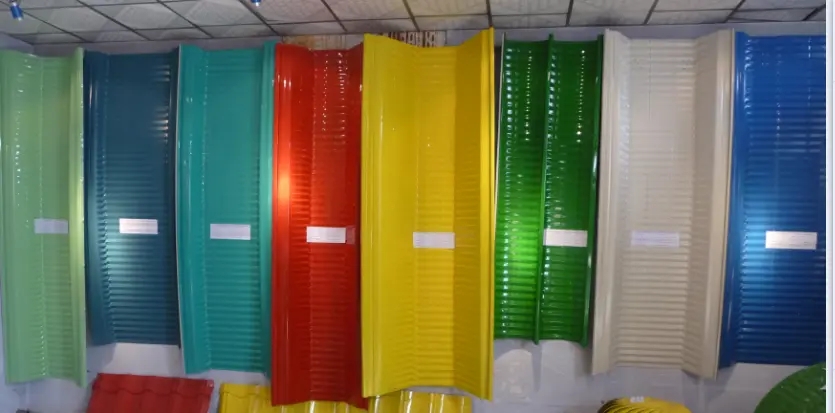
The Evolution and Importance of Mesh Making Machines
In the realm of industrial manufacturing, the production of mesh items is a critical area that supports various sectors, including construction, agriculture, and manufacturing. Mesh making machines have become an integral part of this production process, allowing for efficient, high-volume output of various types of mesh products ranging from wire mesh to netting. This article delves into the intricacies of mesh making machines, their importance, and the latest technological advancements that enhance their functionality.
Understanding Mesh Making Machines
At its core, a mesh making machine is designed to produce a series of interconnected strands or filaments, forming a mesh pattern. These machines can create different types of mesh, including welded wire mesh, woven wire mesh, and chain link mesh. The applications of these products are vast, from reinforcing concrete structures to providing safety barriers and fencing in agricultural settings.
Mesh making machines can be categorized into several types based on their production methods. Woven mesh machines interlace wires to create a pattern, whereas welded mesh machines join wires at specific junctions using heat. Additionally, there are specialized machines that produce meshes for specific industries, such as food processing or the automotive sector.
The Construction and Functionality
Typically constructed from robust steel components, mesh making machines are engineered to withstand the rigors of continuous operation. The primary components of these machines include feeding systems, shaping mechanisms, and cutting devices. The feeding system ensures a steady supply of raw materials, while the shaping mechanisms bend or interlace the wires into a mesh format. Finally, the cutting systems trim the mesh to the desired size and shape.
Modern mesh making machines are often equipped with advanced technology, including computer numerical control (CNC) systems. CNC technology allows for precision manufacturing, enabling machines to create custom mesh configurations based on specific client requirements. This level of automation not only increases efficiency but also reduces the rate of human error, resulting in consistent product quality.
The Technological Advancements

Recent years have seen a significant transformation in mesh making technology. Innovations such as robotic integration, smart sensors, and automated quality control systems have revolutionized the manufacturing process. Robotic arms can now handle raw materials and finished products, reducing manual labor and increasing safety in the workplace.
Smart sensors embedded within these machines monitor production in real-time, providing valuable data that can be used for predictive maintenance. This feature minimizes downtime and enhances productivity, ensuring that production schedules are met without interruptions.
Additionally, advancements in materials science have led to the development of more durable and flexible wire options, allowing machines to produce mesh products that are not only stronger but also lighter. This is particularly important in industries where weight reduction directly translates to cost savings and improved efficiency.
The Importance of Mesh Products
The significance of mesh products manufactured by these machines cannot be overstated. In construction, for instance, wire mesh is essential for reinforcing structures, ensuring stability and longevity. In agriculture, mesh materials help in creating fencing solutions that protect crops from pests while allowing for airflow and light. Furthermore, in the manufacturing sector, mesh products are crucial in filtration systems, catwalks, and various safety features.
Moreover, the versatility of mesh products means they can be tailored to fit specific needs across different industries. This adaptability not only supports innovation but also encourages sustainable practices, as manufacturers can produce eco-friendly mesh options from recycled materials.
Conclusion
In conclusion, mesh making machines play a pivotal role in modern manufacturing, bridging the gap between raw materials and functional products that serve essential purposes in various sectors. As technology continues to evolve, so too will the capabilities of these machines, ensuring they remain at the forefront of efficiency and quality in mesh production. The future of mesh manufacturing looks bright, and the continual advancements promise to enhance the products we rely on in our daily lives.